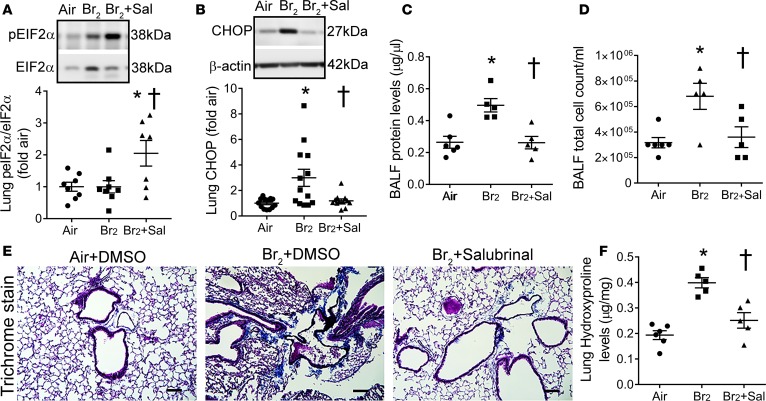Figure 5. Attenuation of ER stress abrogates lung injury and fibrosis.
Male C57BL/6 mice were exposed to air or Br2 gas (400 ppm, 30 minutes) and then returned to room air. Some Br2-exposed mice received an intraperitoneal injection of the ER stress inhibitor salubrinal (1 mg/kg BW), starting at 1 hour after Br2 exposure, and then daily for 13 consecutive days. Air-exposed and some Br2-exposed mice received DMSO (vehicle) as a control. Fourteen days after Br2 exposure, immunoblot of lung tissue showed that salubrinal increased phospho-eIF2α levels (n = 7–8) (A) but decreased lung CHOP levels (n = 12–13) (B) after Br2 exposure. Salubrinal also attenuated BALF protein (n = 5–6) (C) and total cell count (n = 5–6) (D) in Br2-exposed mice. Masson’s trichrome staining (n = 5) (E) and quantification of lung hydroxyproline levels (n = 5–6). Scale bars are 100 µm. (F) showed a decrease in collagen levels and lung fibrotic changes 14 days after Br2 exposure in salubrinal-treated mice. Values are means ± SEM. *P < 0.05 versus air + DMSO–treated mice and †P < 0.05 versus Br2 + DMSO–treated mice by 1-way ANOVA followed by Tukey’s post hoc test.

